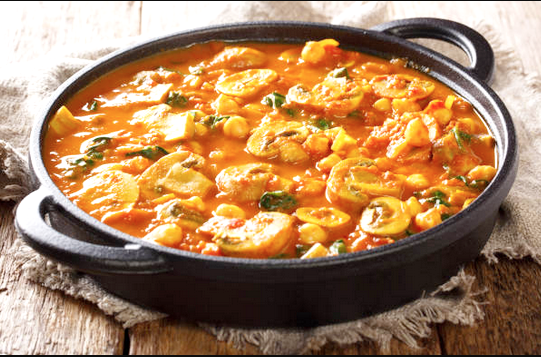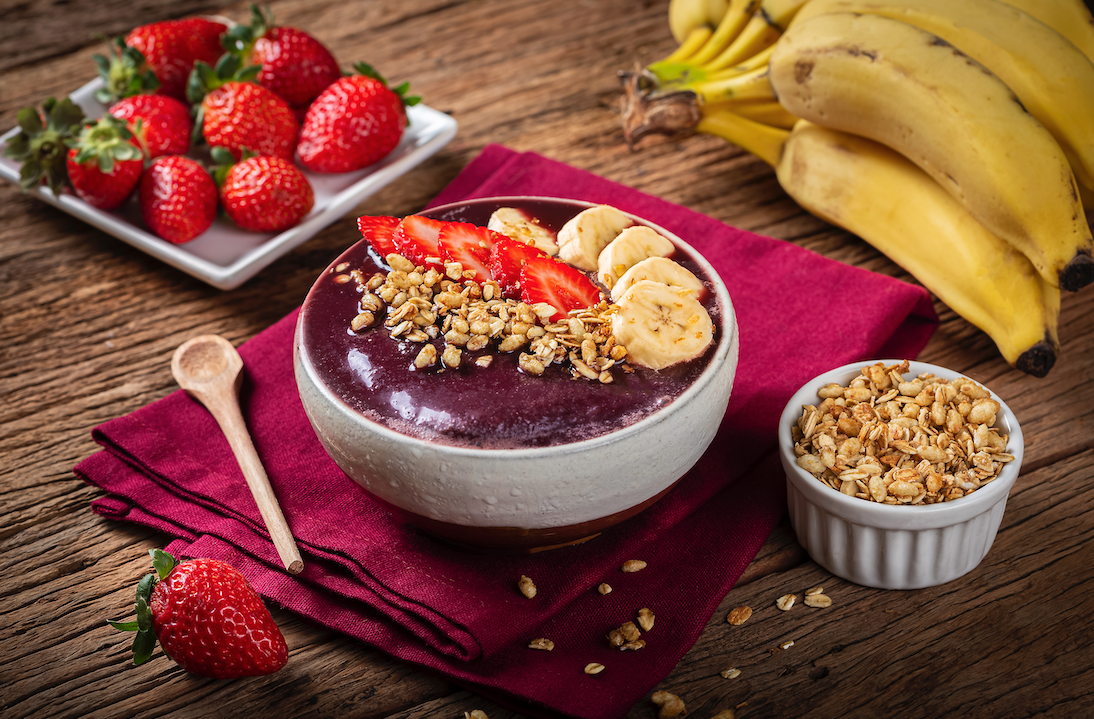
Parsley
Parsley is commonly used in central, eastern, and southern European cuisines.
Usage
Antioxidant
Parsley is rich in antioxidants and may lower your risk of some cancers, heart disease and type 2 diabetes.
Good for bones
It supports bone health and helps build stronger bones.
Eyes
Carotenoids in parsley protects eyes and promotes eye vision.

Ancient Herbal Therapy
Parsley is a basic ingredient of traditional recipes across the Mediterranean, examples being Greek green beans and okra in tomato sauce, several versions of traditional Lebanese kibbeh dishes, štrukli or štruklji, a Croatian and Slovenian, respectively, dough-based traditional dish, and salsa verde, a green sauce prepared in Spain and Italy to accompany meat or fish.
In the Lebanese-originated tabbouleh salad, parsley is added in such large quantities that it can be compared to a vegetable. Parsley is also a basic ingredient of the N. African chermoula sauce used to flavor fish and seafood.
Edema and dropsy have been treated with parsley traditionally in Europe. Galen said, “It provoketh the urine mightily.” In France, it was used to treat kidney stones.
How to parsley to your diet?
In a meal
Parsley has clean and peppery taste, and its common ingredient in soups, stews, meat and vegetable dishes.
With lemon
Because of its properties, it combines well with lemon and can help in losing belly fat.
As a Supplement
Available in capsules it’s promoted as natural diuretic, among other things.
It’s known fact that chewing parsley eliminates bad breath.
Parsley is part of many recipes across the Mediterranean.
It has been in cultivation for over two thousand years.
It is native to southern Europe.
About
Parsley, (Petroselinum crispum) a biennial or short-lived perennial—is a cool-season crop. It is native to southern Europe and has been in cultivation for over two thousand years. Aromatic leaves are used for flavoring, garnishing, and for salad purposes. Plain-leaf and curled-leaf foliage types are commonly grown. Turnip-rooted parsley is grown for its swollen roots, which are consumed mostly in stews and soups.
Composition
Root and leaves are used, and sometimes even seeds. It is used for purposes of traditional medicine, containing essential oils, flavonoids, sugar, and starch. Leaves are rich in vitamin C, iron, iodine, and magnesium. Parsley is therefore a medicinal herb with proven pharmacological properties, as well as antioxidant, analgesic, and antibacterial qualities. Dominant essential oil components of flat-leaf parsley are β-phellandrene, p-mentha-1,3,8-triene, α-,p-dimethylstyrene, β-myrcene, myristicin, and apiole.
Research
An experimental study provides evidence for the advocated diuretic effect. Rats offered an aqueous parsley seed extract to drink eliminated a significantly larger volume of urine per 24 hours as compared to when they were drinking water. The mechanism of action of parsley seems to be mediated through inhibition of the Na+-K+ pump that would lead to a reduction in Na+ and K+ reabsorption, leading thus to osmotic water flow into the lumen, and diuresis.
Safety
Parsley tea should not be used by pregnant women because it can lead to miscarriage, women who are thinking about pregnancy, breastfeeding mothers, and children younger than 2 years. Oxalic acid in tea can create stones and sand in the kidneys, so it is not recommended for people who suffer from inflammation of the kidneys.
In healthy individuals, it is recommended to stick to the prescribed amount of tea, because excessive parsley consumption can lead to potassium deficiency.
Fun Facts
Parsley's closest relative is carrot!
-
Farzaei, M. H., Abbasabadi, Z., Ardekani, M. R. S., Rahimi, R., & Farzaei, F. (2013). Parsley: a review of ethnopharmacology, phytochemistry and biological activities. Journal of traditional Chinese medicine, 33(6), 815-826.
Mahmood, S., Hussain, S., & Malik, F. (2014). Critique of medicinal conspicuousness of Parsley (Petroselinum crispum): a culinary herb of Mediterranean region. Pak J Pharm Sci, 27(1), 193-202.



